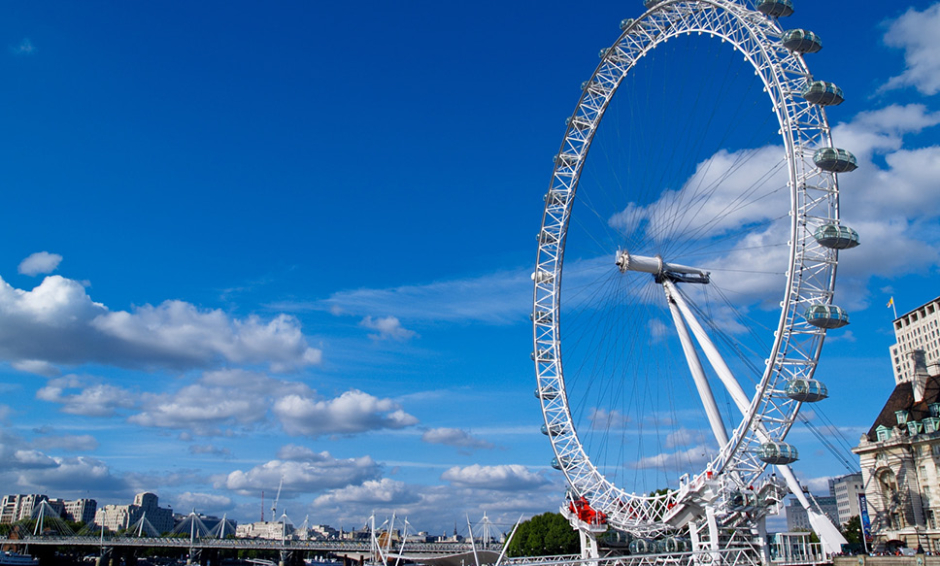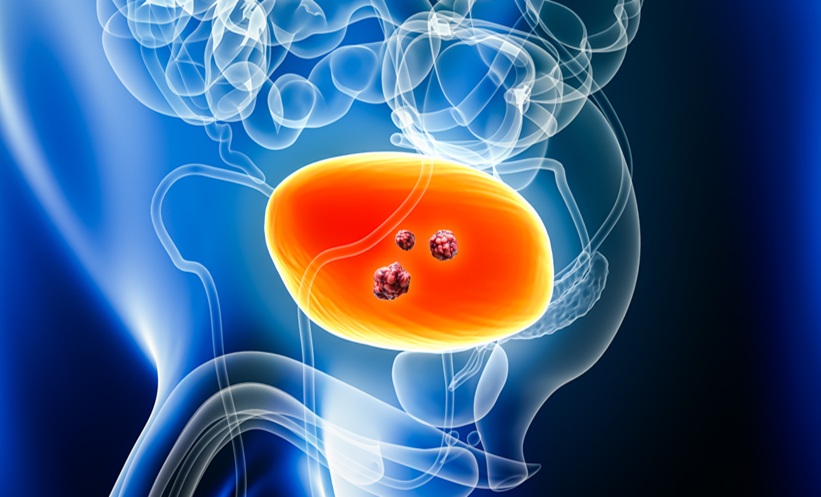INTRODUCTION
Acute uncomplicated cystitis (AUC) in female patients is a common diagnosis and is effectively considered as an indication for the prescription of antibiotics. The purpose of this study was to evaluate the efficiency of a non-antibacterial treatment for AUC in female patients.
MATERIAL AND METHODS
In a pilot, open, non-comparable prospective study, 17 women from the age of 18–28 years (22.4±3.6) were enrolled. The criteria for inclusion were: a diagnosis of AUC, non-pregnant sexually active women at reproductive age using optimal contraception, agreement to participate in the study, and a record of visiting a doctor 12 hours from the beginning of the disease. The excluding criteria were using a condom/spermicide only, menopause, taking a dose of any antibiotic for any reason during the 10 days before study participation, symptoms of pyelonephritis, any complicating factors, and the duration of the disease being >12 hours.
All patients received the non-steroidal anti-inflammatory drug ketoprofen 100 mg once a day for 5 days and Canephron® N in sugar-coated pill form three times a day for 1 month. Control visits were at Day 2, Day 7, and Month 1. Results of the alternative non-antibacterial therapy for AUC were classified into the following categories: i) cured; ii) significant improvement; iii) no result; iv) worsening. Patients were followed-up after 6 months to evaluate the frequency of relapses.
RESULTS
In three patients (17.6%), symptoms had no tendency to improve after 2 days of the therapy, so antibiotics were prescribed to them and they were excluded from the study. The remaining 14 patients showed an improvement in their symptoms and continued the therapy with ketoprofen and Canephron N only. By Day 7, 12 patients (85.7%) had no dysuria or leucocyturia; this was the reason for considering them cured. Two patients (14.3%) showed insignificant dysuria and leucocyturia; because of their residual symptoms, they were considered as having shown significant improvement. All 14 patients continued the intake of Canephron N to prevent a relapse. A month later at the end of the course of Canephron N, all patients were healthy and considered to be cured. At 6 months, no relapses were diagnosed.
CONCLUSION
Non-antibacterial therapy in combination with a non-steroidal anti-inflammatory and the phytodrug Canephron N was effective for AUC in 82.4% of the final cohort: in 85.7%, it showed a good result (cured), and in 14.3% there was significant improvement. There were no relapses after using this therapy.








